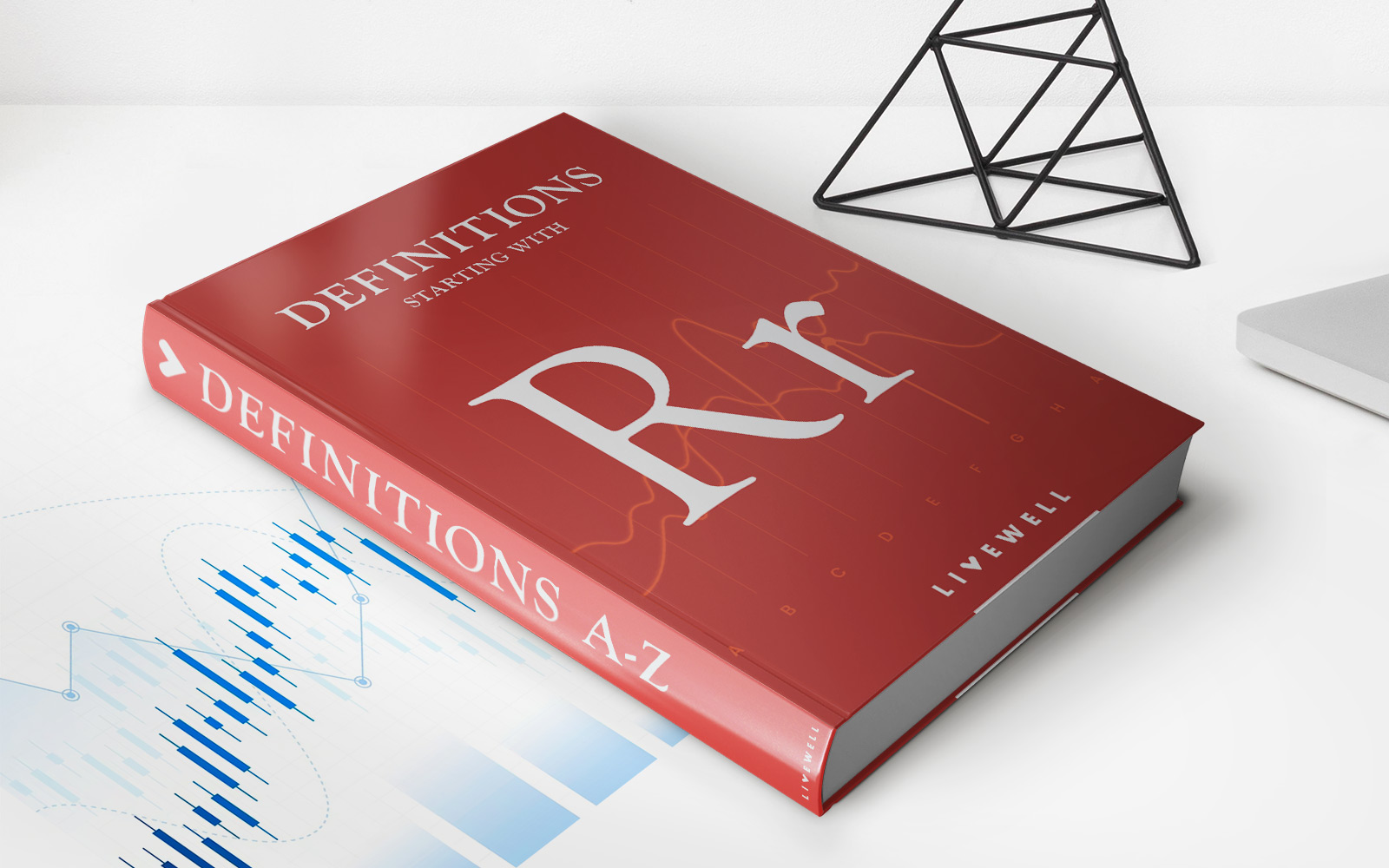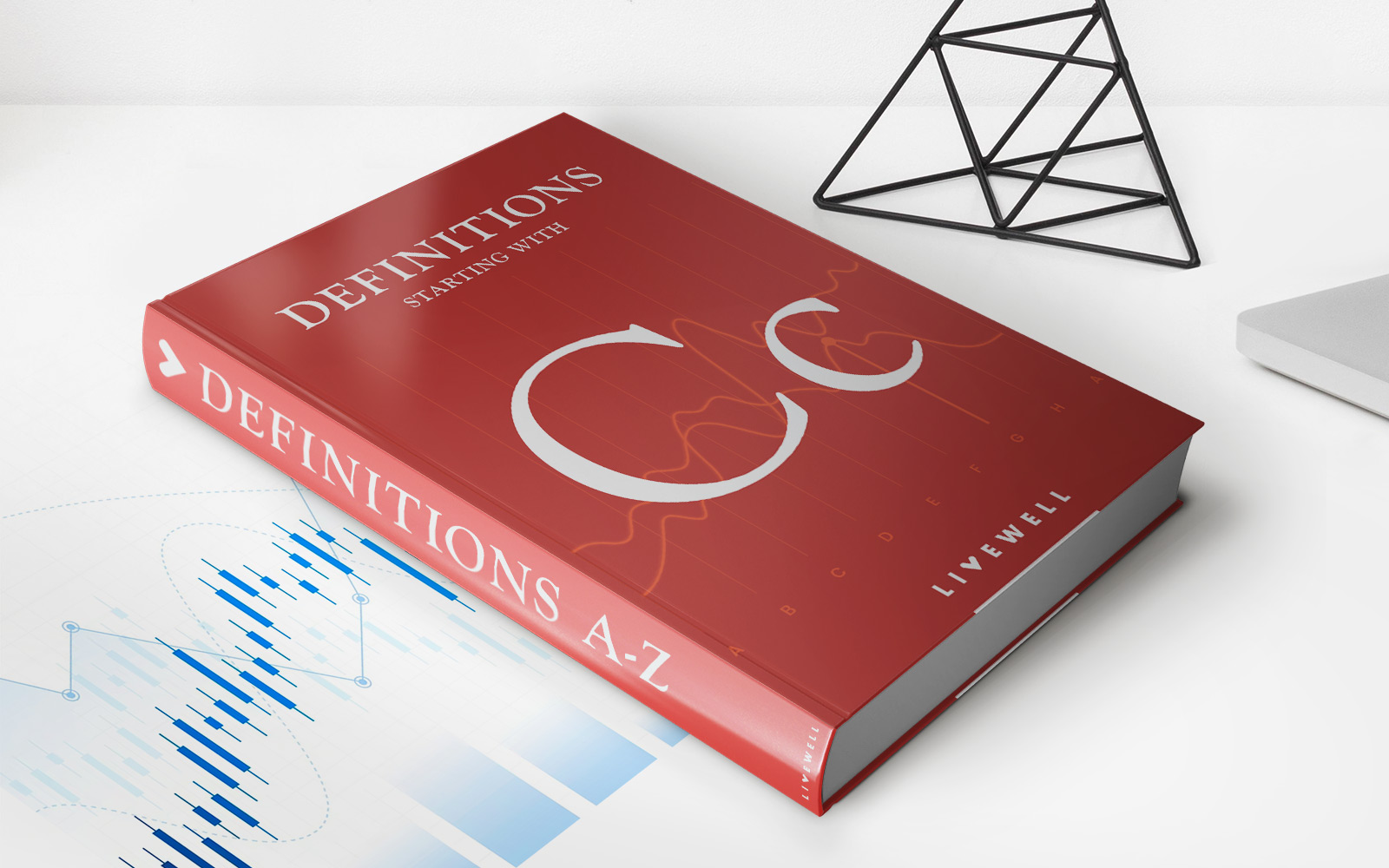Home>Finance>Which Credit Utilization Rate Would Be Preferable To A Lender On A Credit Card Application?


Finance
Which Credit Utilization Rate Would Be Preferable To A Lender On A Credit Card Application?
Published: March 6, 2024
Find out the ideal credit utilization rate that lenders prefer on credit card applications. Learn how to optimize your finances for better approval odds.
(Many of the links in this article redirect to a specific reviewed product. Your purchase of these products through affiliate links helps to generate commission for LiveWell, at no extra cost. Learn more)
Table of Contents
Introduction
Credit utilization rate plays a crucial role in the evaluation of credit card applications by lenders. When individuals apply for a credit card, lenders assess various factors to determine the applicant's creditworthiness. Among these factors, the credit utilization rate holds significant weight. This metric reflects the percentage of available credit that a borrower is currently using. In essence, it indicates how responsibly an individual manages their credit accounts and whether they are likely to be a reliable borrower.
Understanding the concept of credit utilization rate and its impact on credit card applications is essential for individuals seeking to enhance their financial standing. By delving into the intricacies of this metric and exploring its significance to lenders, applicants can gain valuable insights into the factors that influence credit card approval. Moreover, by identifying the ideal credit utilization rate preferred by lenders and learning strategies to improve this aspect of their financial profile, individuals can position themselves for greater success when applying for credit cards.
In this article, we will delve into the nuances of credit utilization rate, elucidate its importance to lenders, and outline the ideal credit utilization rate that applicants should aim for when seeking approval for credit cards. Additionally, we will explore the various factors that can affect an individual's credit utilization rate and provide actionable strategies to enhance this crucial aspect of their financial health. By the end of this comprehensive exploration, readers will have a deeper understanding of how credit utilization rate influences credit card applications and how they can optimize this factor to bolster their financial prospects.
Understanding Credit Utilization Rate
Credit utilization rate, often referred to as the credit utilization ratio, is a fundamental metric used to assess an individual’s credit management habits. This metric is calculated by dividing the total outstanding balances on all credit cards by the sum of the credit limits on those cards. The result is then expressed as a percentage, representing the extent to which an individual is utilizing their available credit. For example, if a person has a total credit card balance of $2,000 and a combined credit limit of $10,000, their credit utilization rate would be 20%.
It is important to note that credit utilization rate is a dynamic figure that can fluctuate monthly based on an individual’s credit card spending and payment patterns. Lenders scrutinize this metric as it provides insights into an individual’s financial responsibility and their ability to manage credit effectively. A lower credit utilization rate is generally perceived favorably by lenders, as it suggests that an individual is not overly reliant on credit and is likely to be a low-risk borrower.
Understanding the dynamics of credit utilization rate is crucial for individuals aiming to maintain a healthy credit profile. By being mindful of their credit card balances in relation to their credit limits and striving to keep their credit utilization rate within an optimal range, individuals can demonstrate prudent financial management and enhance their creditworthiness in the eyes of lenders.
Importance of Credit Utilization Rate to Lenders
The credit utilization rate holds immense significance for lenders when evaluating credit card applications. It serves as a pivotal indicator of an individual’s financial habits and their capacity to handle credit responsibly. Lenders view a low credit utilization rate as a positive signal, as it suggests that the applicant is not overly reliant on credit and is likely managing their finances prudently. On the other hand, a high credit utilization rate may raise concerns about the applicant’s ability to manage debt effectively and could indicate a higher level of financial risk.
From a lender’s perspective, a low credit utilization rate signifies that an individual is using credit conservatively and is not heavily indebted, which reduces the perceived risk of default. This, in turn, enhances the applicant’s creditworthiness and increases the likelihood of credit card approval. Conversely, a high credit utilization rate may raise red flags for lenders, as it implies a greater reliance on credit and a potentially stretched financial position. As a result, individuals with high credit utilization rates may face greater scrutiny during the application process and could be perceived as higher-risk borrowers.
It is essential for individuals seeking credit card approval to recognize the pivotal role that credit utilization rate plays in the decision-making process of lenders. By understanding the impact of this metric on their creditworthiness, applicants can take proactive steps to maintain an optimal credit utilization rate and present themselves as favorable candidates in the eyes of lenders. Through prudent management of their credit utilization rate, individuals can bolster their chances of securing credit card approval and pave the way for stronger financial stability.
Ideal Credit Utilization Rate for Lenders
While the ideal credit utilization rate may vary slightly among different lenders and credit scoring models, a widely recommended benchmark is to maintain a credit utilization rate below 30%. This threshold is often regarded as the tipping point between responsible credit management and potential financial strain. Lenders typically view individuals with credit utilization rates below 30% more favorably, as it indicates a balanced and conservative approach to credit usage.
Furthermore, striving for an even lower credit utilization rate, ideally below 10%, can significantly enhance an individual’s creditworthiness. Maintaining a minimal credit utilization rate demonstrates disciplined financial management and a reduced reliance on credit, positioning the applicant as a low-risk borrower in the eyes of lenders. This can lead to more favorable terms on credit card offers and other financial products, as well as a higher likelihood of credit approval.
It’s important to note that while a lower credit utilization rate is generally advantageous, maintaining a utilization rate of 0% is not necessarily optimal. Surprisingly, having no credit utilization can actually be perceived as a lack of credit activity, which may not provide sufficient insight into an individual’s ability to manage credit responsibly. As a result, some level of credit utilization, even if minimal, is often viewed more positively by lenders than complete inactivity on credit accounts.
Understanding the ideal credit utilization rate preferred by lenders is crucial for individuals aiming to optimize their credit profiles. By striving to keep their credit utilization rate below 30% and ideally below 10%, applicants can position themselves as financially prudent and responsible borrowers, thereby increasing their chances of securing favorable credit card terms and approvals.
Factors Affecting Credit Utilization Rate
Several key factors can influence an individual’s credit utilization rate, shaping their overall credit profile and impacting their creditworthiness in the eyes of lenders. Understanding these factors is essential for individuals seeking to manage their credit utilization rate effectively and optimize their financial standing.
- Credit Card Balances: The outstanding balances on credit cards directly impact the credit utilization rate. Higher balances relative to the credit limits result in an elevated utilization rate, potentially signaling a greater reliance on credit.
- Credit Limit Adjustments: Changes in credit limits, whether through credit line increases or decreases, can directly impact the credit utilization rate. An increase in credit limits can lower the utilization rate, while a decrease may elevate it.
- Payment Patterns: Timely payments and consistent reduction of credit card balances can lead to lower utilization rates, reflecting responsible credit management. Conversely, missed or late payments can contribute to higher utilization rates.
- Opening/Closing Accounts: Opening new credit accounts can impact the overall credit limit, potentially lowering the utilization rate. Conversely, closing accounts can reduce the available credit, leading to a higher utilization rate.
- Balance Transfers: Transferring balances between credit accounts can affect the distribution of outstanding balances and available credit, influencing the overall utilization rate.
By recognizing the factors that can impact credit utilization rate, individuals can take proactive steps to manage their credit effectively and optimize this crucial aspect of their financial health. By maintaining lower balances, making timely payments, and strategically managing credit limits, individuals can work towards achieving an optimal credit utilization rate, thereby enhancing their creditworthiness and financial prospects.
Strategies to Improve Credit Utilization Rate
Improving one’s credit utilization rate is a proactive step towards enhancing their overall credit profile and increasing their appeal to lenders. By implementing effective strategies, individuals can optimize their credit utilization rate and bolster their creditworthiness.
- Pay Down Balances: One of the most impactful ways to improve credit utilization rate is to pay down existing credit card balances. By reducing the amount of outstanding debt relative to the credit limits, individuals can lower their utilization rate and demonstrate responsible credit management.
- Request Credit Limit Increases: Contacting credit card issuers to request an increase in credit limits can result in a lower utilization rate, provided that the balances remain consistent. However, it’s important to exercise caution to avoid accruing additional debt with higher credit limits.
- Strategic Use of Credit: Being mindful of credit card usage and striving to keep balances well below the credit limits can contribute to a lower utilization rate. Making smaller, manageable purchases and promptly paying off the balances can help maintain a favorable utilization rate.
- Balance Transfers: Consolidating balances onto a single credit card with a higher credit limit or a lower interest rate can positively impact the overall utilization rate. However, individuals should be mindful of associated fees and the potential impact on their credit score.
- Regular Credit Monitoring: Keeping a close eye on credit card balances and credit limits is essential for maintaining an optimal utilization rate. Regular monitoring allows individuals to identify any discrepancies or potential areas for improvement in their credit utilization.
By employing these strategic approaches, individuals can actively work towards improving their credit utilization rate and fortifying their financial standing. A lower utilization rate not only enhances creditworthiness but also opens doors to more favorable credit offers and increased financial flexibility. By taking proactive steps to manage their credit effectively, individuals can position themselves for greater financial stability and success.
Conclusion
Understanding the intricacies of credit utilization rate is paramount for individuals navigating the realm of credit card applications and seeking to fortify their financial standing. This fundamental metric serves as a crucial gauge of an individual’s credit management habits and plays a pivotal role in the evaluation process conducted by lenders.
From the perspective of lenders, a low credit utilization rate signals responsible credit usage and prudent financial management, positioning the applicant as a favorable and low-risk borrower. On the other hand, a high utilization rate may raise concerns about an individual’s financial strain and capacity to manage credit effectively, potentially impacting their creditworthiness and the terms offered by lenders.
By aiming to maintain a credit utilization rate below 30% and ideally below 10%, individuals can enhance their appeal to lenders and increase their likelihood of credit card approval. Implementing strategies such as paying down balances, strategically using credit, and monitoring credit limits can contribute to a lower utilization rate and bolster an individual’s financial prospects.
Ultimately, a prudent approach to managing credit utilization rate can pave the way for stronger financial stability, improved creditworthiness, and access to more favorable credit offers. By recognizing the factors that influence credit utilization rate and actively working to optimize this metric, individuals can position themselves for greater success in their financial endeavors and secure a solid foundation for their future financial well-being.














